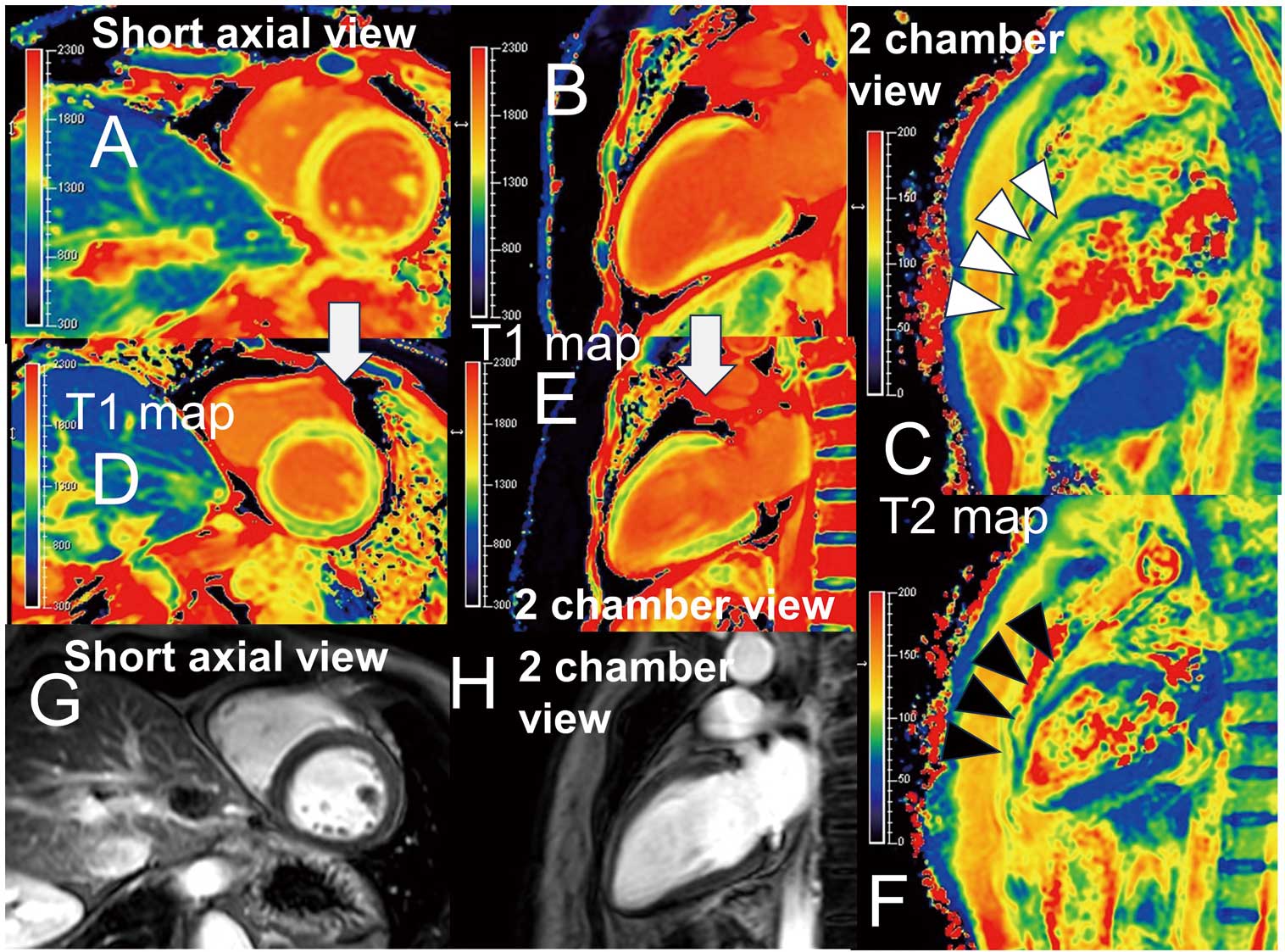- J-STAGE home
- /
- Circulation Journal
- /
- Volume 88 (2024) Issue 2
- /
- Article overview
- /
- Full view
-
Yusei Nishikawa
Department of Cardiovascular Medicine, Chiba University Graduate School of Medicine [Japan]
-
Hiroyuki Takaoka
Corresponding author
Department of Cardiovascular Medicine, Chiba University Graduate School of Medicine [Japan]
-
Masato Kanda
Department of Cardiovascular Medicine, Chiba University Graduate School of Medicine [Japan]
-
Sae Yumita
Department of Gastroenterology, Chiba University Graduate School of Medicine [Japan]
-
Sadahisa Ogasawara
Department of Gastroenterology, Chiba University Graduate School of Medicine [Japan]
-
Michiko Daimon
Department of Cardiovascular Medicine, Chiba University Graduate School of Medicine [Japan]
-
Yoshitada Noguchi
Department of Cardiovascular Medicine, Chiba University Graduate School of Medicine [Japan]
-
Shuhei Aoki
Department of Cardiovascular Medicine, Chiba University Graduate School of Medicine [Japan]
-
Katsuya Suzuki
Department of Cardiovascular Medicine, Chiba University Graduate School of Medicine [Japan]
-
Kazuki Yoshida
Department of Cardiovascular Medicine, Chiba University Graduate School of Medicine [Japan]
-
Satomi Yashima
Department of Cardiovascular Medicine, Chiba University Graduate School of Medicine [Japan]
-
Makiko Kinoshita
Department of Cardiovascular Medicine, Chiba University Graduate School of Medicine [Japan]
-
Haruka Sasaki
Department of Cardiovascular Medicine, Chiba University Graduate School of Medicine [Japan]
-
Noriko Suzuki-Eguchi
Department of Cardiovascular Medicine, Chiba University Graduate School of Medicine [Japan]
-
Naoya Kato
Department of Gastroenterology, Chiba University Graduate School of Medicine [Japan]
-
Yoshio Kobayashi
Department of Cardiovascular Medicine, Chiba University Graduate School of Medicine [Japan]
2024 Volume 88 Issue 2 Pages 259-
- Published: January 25, 2024 Received: November 07, 2023 Released on J-STAGE: January 25, 2024 Accepted: November 08, 2023 Advance online publication: December 20, 2023 Revised: -
(compatible with EndNote, Reference Manager, ProCite, RefWorks)
(compatible with BibDesk, LaTeX)


